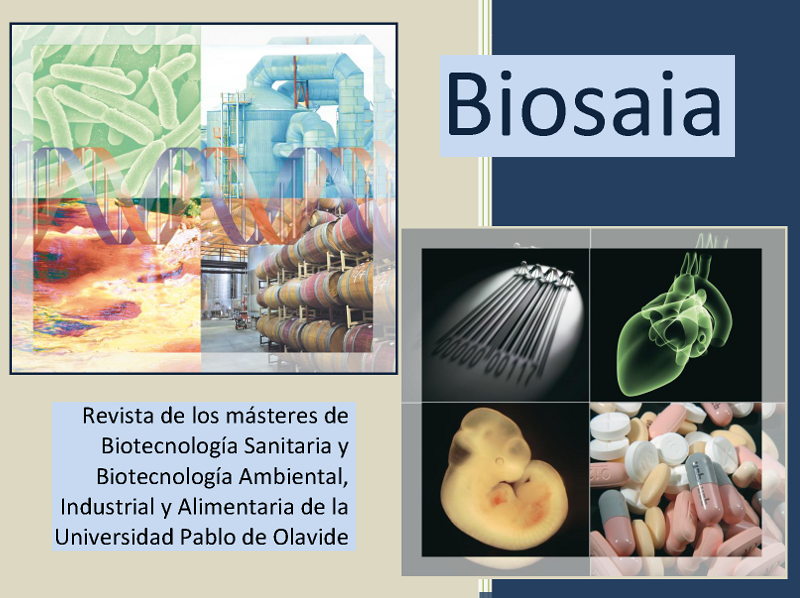Adaptation of Caenorhabditis elegans to salt conditions for use in aquaculture
Palabras clave:
Aquaculture; Caenorhabditis elegans; salt; Pseudomonas fluorescens; yeastResumen
Currently, aquaculture is a very important sector whose development is restricted for several factor among them to need of Artemia to feed larvae fish. This product is harvested from natural lakes and it availaibility is a bottleneck. As an alternative, nematode could be used because of his ability of living in solid and liquid media. Furthermore, its culture is fast and based on bacteria. Therefore, it would reduce the price of the raw material.
In order to use nematodes for feeding fish larvae in aquaculture, an adaptation to different concentrations of salt in liquid medium has been made. We are developing a protocol to produce nematode using subproducts of the food industry to generate a pathogen-free food for fish larvae and at the same time reuse a product that otherwise would be disposable.
We have also tested the use of nematodes for vector of probiotic bacteria and other compounds.
Descargas
Citas
Eissa N. Protective Effect of Pseudomonas Fluorescens as a Probiotic in Controlling Fish Pathogens. Am J Biosci. 2014;2(5):175. doi:10.11648/j.ajbio.20140205.12
Nigon, V.M., Félix, M.A.. History of research on C. elegans and other free-living nematodes as model organisms. WormBook. 2017;2017:1-84. doi:10.1895/wormbook.1.181.1
Descargas
Publicado
Cómo citar
Número
Sección
Licencia
Derechos de autor 2021 Biosaia: Revista de los másteres de Biotecnología Sanitaria y Biotecnología Ambiental, Industrial y Alimentaria

Esta obra está bajo una licencia internacional Creative Commons Atribución-NoComercial-CompartirIgual 4.0.





